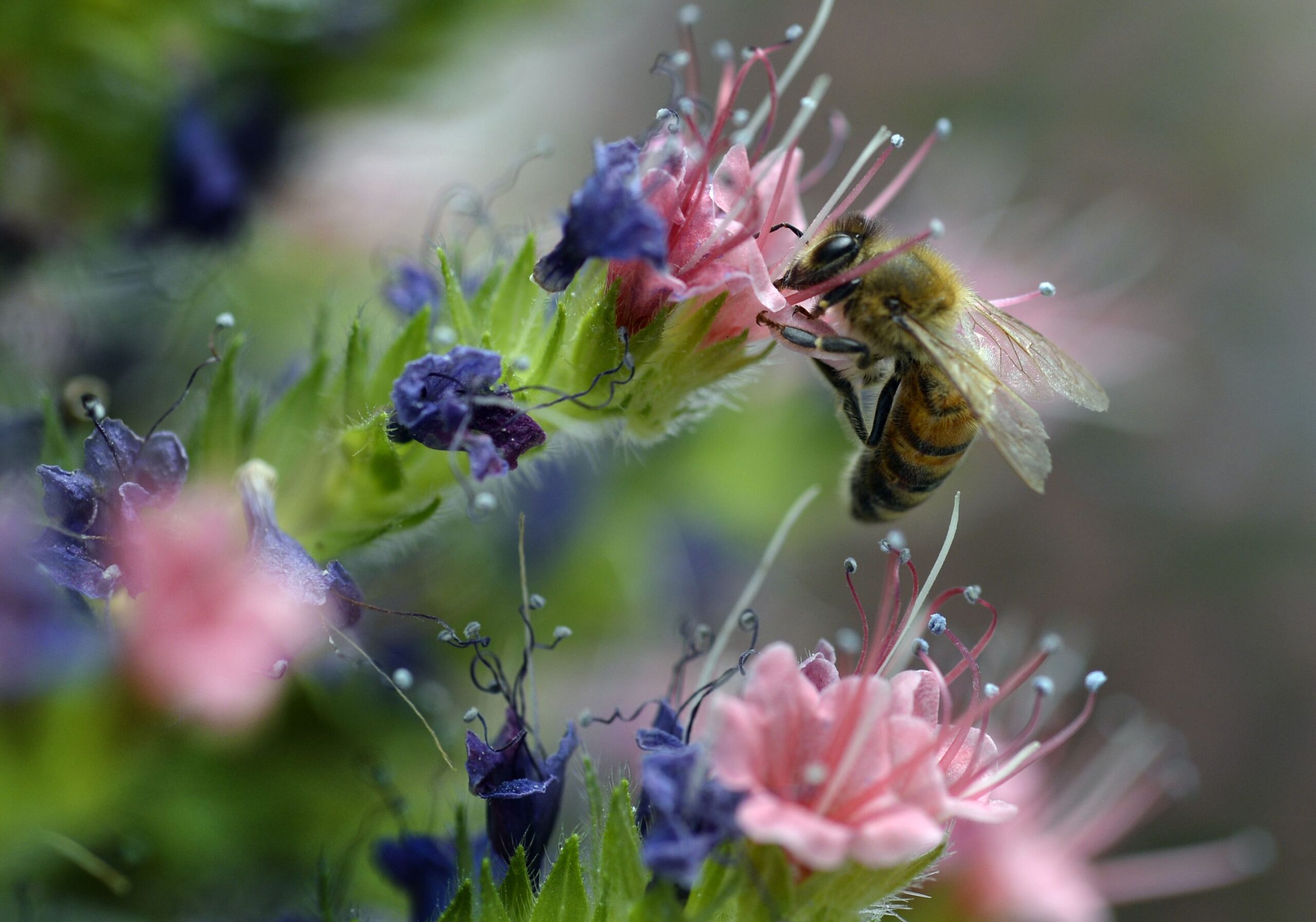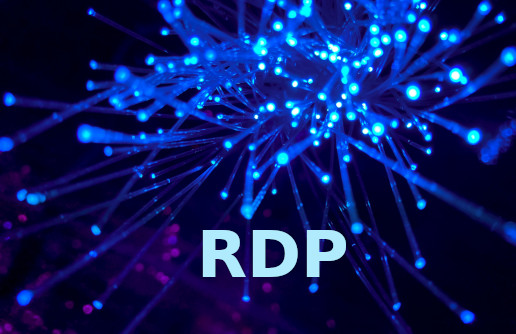
Creating a Bee-Friendly Garden: A Buzzworthy Guide
Introduction
In this era of environmental awareness, creating a bee-friendly garden is not just a trend but a responsibility. Bees play a crucial role in pollination, fostering biodiversity, and ensuring the health of our ecosystems. Let’s delve into the steps to craft a garden that not only blooms with vibrant colors but also welcomes our buzzing friends.
Understanding Bee-Friendly Plants
Selecting Native Flora
Choosing plants indigenous to your region ensures that bees are familiar with the flowers, promoting more frequent visits.
Opting for a Variety of Blooms
A diverse array of flowers provides a continuous supply of nectar and pollen, attracting various bee species.
Garden Layout and Design
Sunny Spots Are Key
Bees love basking in the sunlight. Design your garden to maximize exposure to sunlight, creating warm and inviting spaces.
Incorporating Water Sources
Bees need water not only for hydration but also for cooling their hives. Include shallow water features for these essential pollinators.
Say No to Pesticides
Embracing Natural Pest Control
Encourage the presence of beneficial insects like ladybugs and spiders, reducing the need for harmful pesticides.
Opting for Organic Solutions
Choose organic alternatives to keep pests at bay without compromising the well-being of your garden’s ecosystem.
Read more on:
Providing Shelter for Bees
Bee Hotels
Constructing bee hotels offers solitary bees a safe space to nest, contributing to their well-being and overall garden health.
Avoiding Overly Tidy Gardens
Allow some areas to grow wild, providing nesting spots and shelter for bees during adverse weather conditions.
Seasonal Considerations
Year-Round Blooms
Plan your garden to ensure a continuous supply of flowers throughout the seasons, supporting bees in all stages of their life cycle.
Winter Blooms
Include winter-blooming plants to aid bees during colder months when food sources are scarce.
Educating Others
Community Outreach
Spread awareness about the importance of bee-friendly gardens within your community, fostering a collective effort for environmental sustainability.
Hosting Workshops
Organize workshops to share knowledge on creating bee-friendly spaces, encouraging more people to contribute to bee conservation.
The Joy of Bee Watching
Encouraging Observation
Create seating areas in your garden to allow yourself and others the joy of observing the fascinating lives of bees.
Connecting with Nature
Building a bee-friendly garden not only benefits bees but also provides a serene space for you to connect with nature.
Maintaining Your Bee-Friendly Oasis
Regular Pruning and Weeding
Embrace a routine of gentle pruning and weeding to maintain a tidy but natural habitat. This ensures your garden stays appealing to both bees and human admirers.
Soil Health Matters
Invest time in understanding your soil’s composition and pH levels. Healthy soil promotes robust plant growth, providing a more sustainable environment for bees.
Technology in Bee Conservation
Bee Monitoring Apps
Utilize technology to track bee activity in your garden. Several apps can help you identify different bee species and monitor their populations.
Smart Watering Systems
Implement smart watering systems to ensure your garden remains adequately hydrated without wasting water, contributing to both conservation efforts and a flourishing garden.
Conclusion
In cultivating a bee-friendly garden, we not only contribute to the well-being of these essential pollinators but also create a haven for ourselves. It’s a symbiotic relationship that nurtures the environment and our souls. So, roll up your sleeves and let the buzz begin.
Frequently Asked Questions (FAQs)
- Can I create a bee-friendly garden in a small space?
Absolutely! Even a balcony or a small backyard can be transformed into a bee haven with the right plants and design.
- How do I attract specific bee species?
Research the native bees in your area and choose plants that cater to their preferences in terms of color, shape, and size.
- Are there any bee-friendly plants that are low-maintenance?
Yes, many native plants are well-adapted to the local climate and require minimal care once established.
- Can children be involved in creating a bee-friendly garden?
Certainly! It’s a fantastic educational opportunity for children to learn about the importance of bees and the environment.
- What if I have allergies to bee stings?
Consult with an allergist before creating a bee-friendly garden. In most cases, bees are not aggressive unless provoked.



